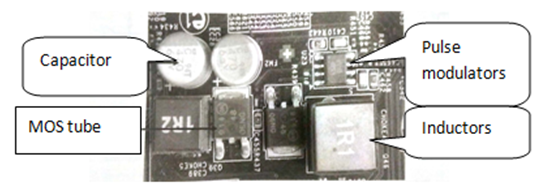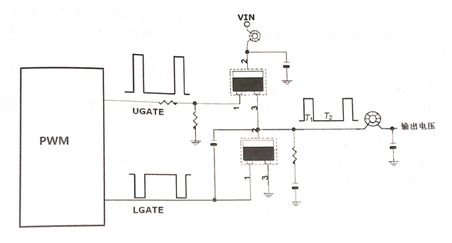LED has many advantages such as environmental protection, long life, high photoelectric efficiency, etc. In recent years, the application in various industries has been developed rapidly, and the driving circuit of LED has become a key factor in product application. In theory, the service life of the LED is more than 100,000 hours, but in the actual application process, due to the improper design of the drive circuit design and drive mode, the LED is extremely vulnerable to damage.
When designing an LED drive circuit, you need to know the LED current and voltage characteristics. Due to different LED manufacturers and LED specifications, current and voltage characteristics are different. Now taking the typical specifications of white LED as an example, according to the LED current and voltage changes, the general application of forward voltage is about 3.0-3.6V, the typical value is 3.3V, the current is 20mA, when the forward voltage across the LED exceeds 3.6 After V, the forward voltage has only a small increase, but its forward current may multiply and increase the temperature of the LED luminous body too quickly, thereby accelerating the LED light attenuation, shortening the life of the LED, and even burning in severe cases. Bad LED. According to the change characteristics of the voltage and current of the LED, strict requirements are imposed on the design of the driving circuit.
At present, many manufacturers of LED light products (such as guardrails, lamp cups, and projection lights) use resistance-capacitance buck, and then add a voltage stabilizing diode to supply power to the LED. This way is simple and cheap to drive the LED, but there are very many The big defect is the low efficiency first. It consumes a lot of power on the buck resistor, and may even exceed the power consumed by the LED, and cannot provide a large current drive. Because the larger the current, the larger the buck capacitor is required, so the consumption is decreasing. The greater the energy on the piezoresistor. Secondly, the ability to stabilize the voltage is extremely poor, and it cannot be guaranteed that the current through the LED will not exceed its normal working requirements. When designing the product, the voltage across the LED will be reduced to drive the power, which is at the cost of reducing the brightness of the LED. The LED brightness is not stable when the resistance-capacitance buck is used to drive the LED. When the power supply voltage decreases, the LED brightness becomes darker. When the power supply voltage increases, the LED brightness becomes brighter.
According to the characteristics of LED current and voltage changes, it is feasible to use constant voltage to drive LEDs. Although commonly used voltage stabilizing circuits have the disadvantages of insufficient voltage stabilizing accuracy and poor current stabilizing ability, they may be over-precisely designed in the application of certain products. , Its advantages are still irreplaceable by other driving methods.
The constant current drive mode is an ideal LED drive mode. It can avoid the current fluctuation caused by the change of the LED forward voltage, and the constant current makes the brightness of the LED stable. Therefore, many manufacturers use constant current to drive LEDs. Another LED driving method is feasible, which is neither constant voltage nor constant current, but through the design of the circuit, when the LED forward voltage increases, the drive current is reduced, ensuring the safety of LED products. Of course, the increase of the forward voltage can only be within the range of the LED, too high will damage the LED.
The ideal LED driving method is to use constant voltage and constant current, and cascade multiple LEDs in series. But the cost of the drive increases. In fact, each driving method has advantages and disadvantages. According to the requirements of LED products and application occasions, it is reasonable to choose the LED driving method and accurately design the driving power supply.
If you want to know more, our website has product specifications for LED driver, you can go to ALLICDATA ELECTRONICS LIMITED to get more information








